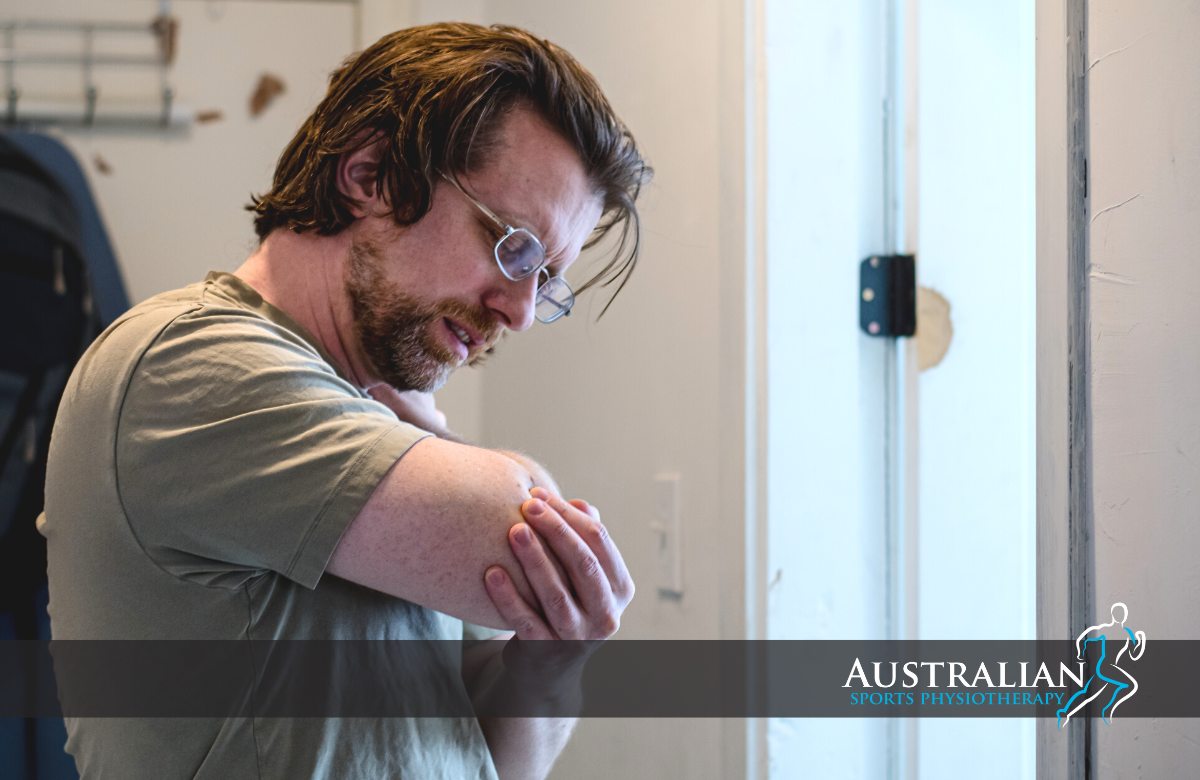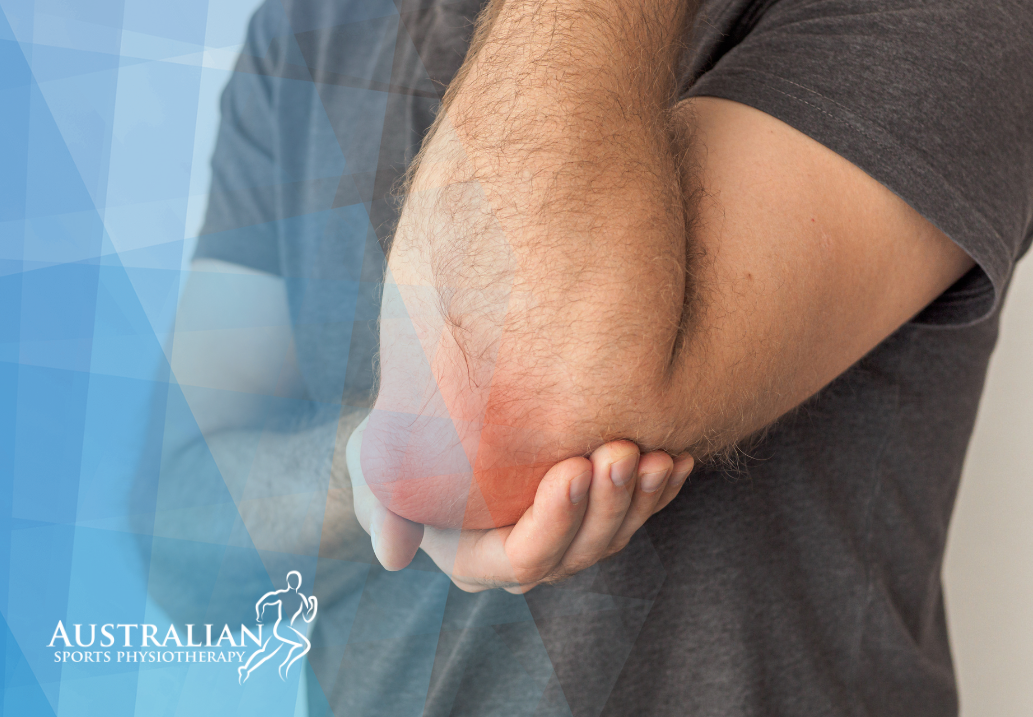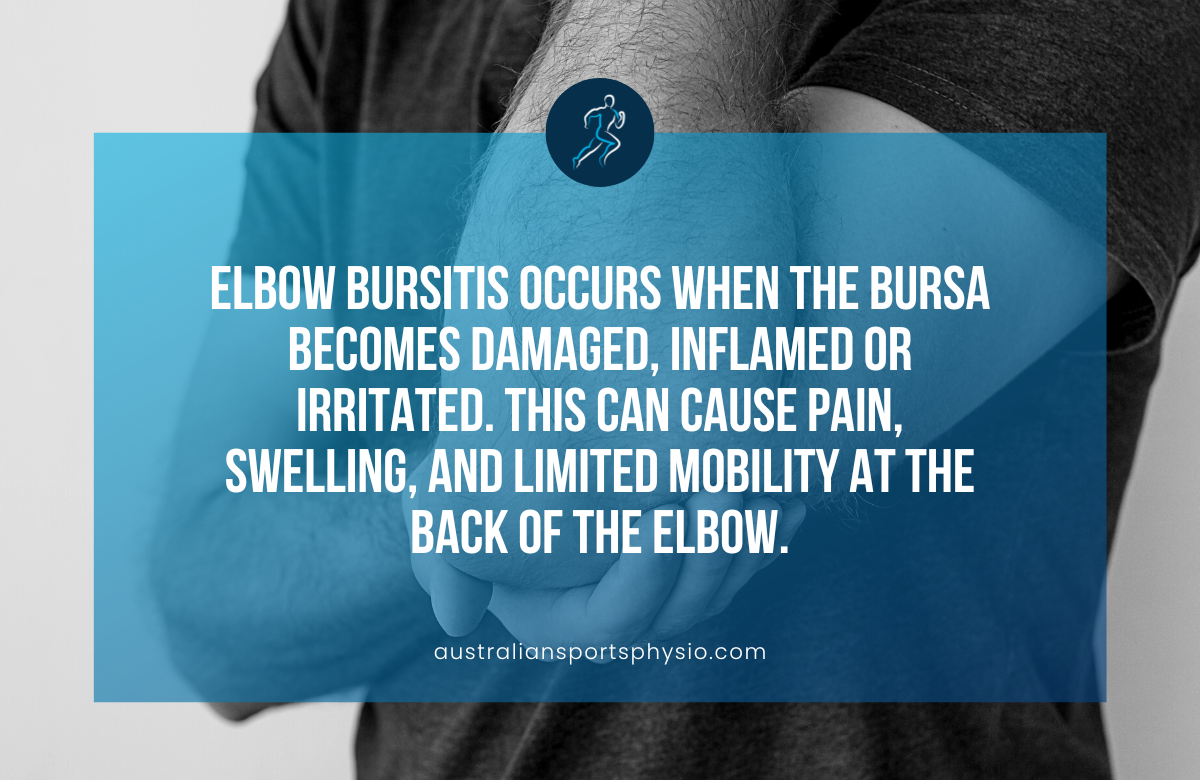Have you ever experienced pain and swelling in your elbow joint? If yes, it might be due to elbow bursitis (olecranon bursitis). This painful condition can affect anyone, from athletes to office workers.
While rest and ice can help reduce swelling, physiotherapy treatment can effectively manage the symptoms, improve mobility and strength and prevent recurrences and further damage.
What is elbow bursitis?
A bursa is a small sac filled with thin and slippery tissue. They can be found in various parts of the body, wherever skin, muscles, or tendons need to glide over bone. Bursae contain a small amount of fluid that helps to reduce friction between the moving parts.
The olecranon bursa is a sac situated between the olecranon (the point of the elbow) and the skin above it. This sac allows the elbow to move smoothly under the skin in a back-and-forth motion.
Elbow bursitis occurs when the bursa becomes damaged, inflamed or irritated. This can cause pain, swelling, and limited mobility at the back of the elbow.
Common causes of elbow bursitis
- It is often caused by repetitive pressure, such as leaning on hard surfaces or participating in sports that involve throwing, hitting, and pushing while straightening the elbow against resistance.
- Elbow surgery or replacement.
- In some instances, when a person falls or gets hit directly (trauma) on the elbow, the bursa can be damaged. This can lead to bleeding inside the bursa sac, as the blood vessels in the bursa tissues are torn and injured.
The surface of the skin may bruise. However, when the injury occurs in a bursa, the bursa sac may fill with blood, causing it to swell like a rubber balloon filled with water.
- Autoimmune conditions.
It’s essential to seek medical attention if you suspect you have elbow bursitis, as it can lead to complications if left untreated.
Common risk factors causing elbow bursitis
Several risk factors can predispose you to develop elbow bursitis. These must be assessed and corrected under the supervision of a physiotherapist. These common risk factors include:
- Insufficient recovery after a previous elbow injury.
- Stiff joints, especially the elbow.
- Musculoskeletal imbalances.
- Insufficient warm-up.
- Tightness of the muscles, especially the triceps.
- Muscle weakness.
- Poor recovery from exercise or activity.
- Inadequate or excessive training or conditioning.
Common symptoms of elbow bursitis
Olecranon bursitis is characterised by pain and swelling at the point of the elbow. Due to the discomfort, it may not be easy to place the elbow on a surface.
Small lumps beneath the skin above the olecranon may be felt if the condition has existed for some time.
These lumps can be exceedingly sensitive and feel like something is floating around in the olecranon bursa. These lumps are frequently thicker folds of bursa tissue produced due to persistent inflammation.
Sometimes, the bursa sac may fill with fluid and expand, often linked to the activity level. More exercise can cause more swelling. The bursa can become significantly thicker as time passes, similar to an elbow pad on the olecranon.
Furthermore, if the bursa becomes infected, the elbow becomes swollen, painful, and warm to the touch. You may have a fever and chills. An abscess, or pus-filled region, may grow on the elbow. If the infection is not treated promptly, the abscess may begin to drain, which means pus may begin to discharge.
Physiotherapy treatment for elbow bursitis
All patients with this illness require physiotherapy treatment to speed the healing process, ensure an optimal outcome, and limit the probability of recurrence. Treatment may include:
- Education on your condition.
- Soft-tissue manipulation.
- Joint mobilisation.
- Dry needling.
- The application of a suitable compression bandage.
- Ice or heat therapy.
- Stretches.
- Guidance on activity modification.
- A strategy for a gradual return to activity.
- Progressive strength, flexibility, posture, and scapula stability exercises.
Some patients with this medical condition do not improve satisfactorily despite appropriate physiotherapy management.
Further investigations, such as X-rays, ultrasound, MRI or CT scan, bursa draining, corticosteroid injection, pharmaceutical intervention or referral to relevant medical authorities who will advise on any actions that may be appropriate for treating the condition, may be required.
Surgical excision of the bursa may be indicated in rare and recurring cases of this condition.

Final thoughts on physiotherapy treatment for elbow bursitis
Elbow bursitis can significantly impact your lifestyle and activities, but you can effectively manage it with the proper treatment. Physiotherapy is an effective way to treat elbow bursitis and reduce its associated symptoms.
If you suspect that you may have elbow bursitis or the condition is recurring, seeking medical attention from a physiotherapist is the best option. We will be able to assess your situation and provide an appropriate treatment plan tailored to your individual needs.
Book an appointment with one of our experienced physiotherapists today for a comprehensive assessment and customised treatment plan.










